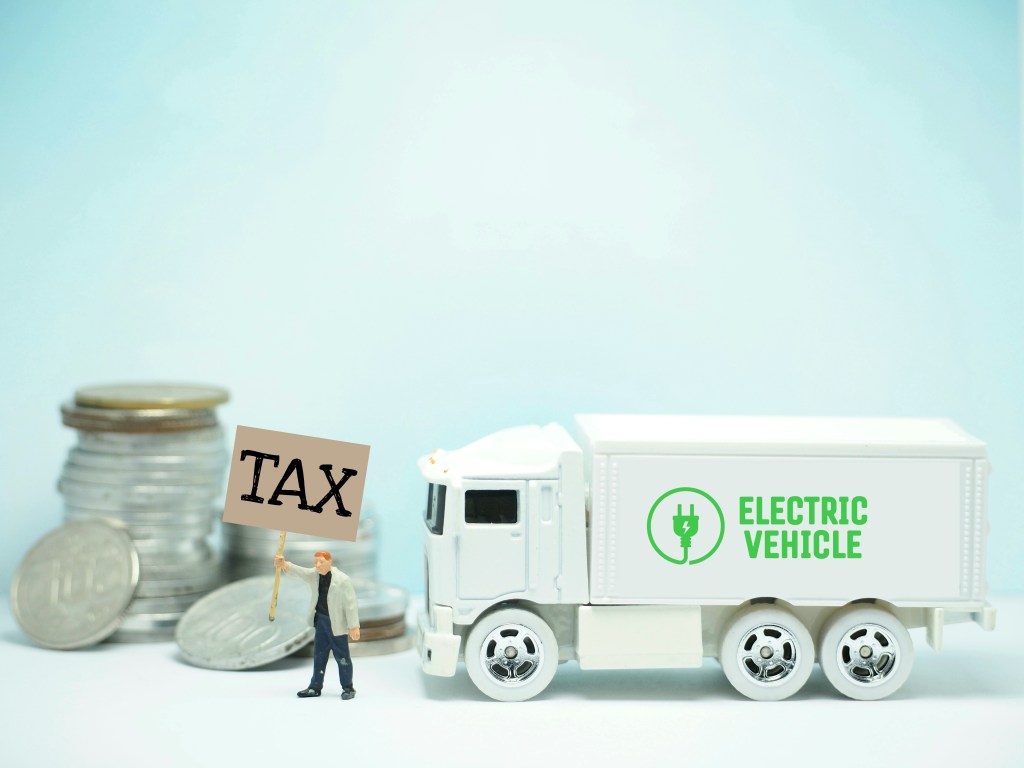By Venkatesh Raman Prasad
India is currently witnessing an EV wave. The electric vehicles (EV) sector in India has witnessed significant year-on-year growth, with an increase in sale volumes to ~1.53 million EVs in the calendar year 2023 (as against ~1 million in 2022), which indicates a growth of 50% in sales.
The Indian EV sector is also expected to grow with a CAGR of 45% till 2030 showcasing that the momentum would continue in the years to come. It has also been interesting to witness new entrants in the segment (as distinct from the traditional OEMs) such as Ola, Ather, and others disrupting the EV ecosystem and playing a major role in spurring growth in the EV segment. We are also witnessing various large international players showing interest in India’s EV sector including Tesla, VinFast, and several others. With an increased number of OEMs and more consumer enthusiasm, various stakeholders including the existing ICE OEMs, Tier 1 and Tier 2 component manufacturers engaged in ICE vehicles would also be driving their way toward the EV industry. Big industry players such as Hero MotoCorp, Tata Motors, Hyundai, MG Motor, TVS Motor have already joined the EV revolution with major investments in the sector.
Evolving market and resultant developments to the legal, regulatory and policy framework
Like any other sector, the growth of the EV sector will go hand in hand with policy push and the evolution of the legal and regulatory regime. Given the advent of a more mature EV market in India, the past few years have witnessed an evolution in the regulatory framework governing EVs, with the framing of new regulations and standards for the manufacturing and safety-related aspects of EVs. This has been supplemented by a sustained policy push from the federal government with the launch of schemes such as FAME II and the Production Linked Incentive (PLI) Schemes for the manufacturers. Several State Governments have also launched various incentive schemes to spur demand-side growth in the EV segment and also for the expansion of charging infrastructure.
The FAME II scheme provides demand incentives to customers in the form of reduced purchase prices and reimbursement to the EV OEMs. The government of India, as part of its Make in India campaign, has also launched the PLI Scheme where fiscal incentives are provided to EV manufacturers as well as auto component manufacturers to set up a manufacturing base in India. The budgetary outlay for the FAME II Scheme was Rs 10,000 crore, and the PLI scheme for auto manufacturers is Rs 25,938 crore while the scheme for auto component manufacturers is Rs 18,100 crore. It is clear that the government remains heavily invested in the growth of the EV sector, and these beneficial policies would continue to fuel the growth by attracting customers, increasing the supply of EVs / EV components as well as boosting investment across the EV value chain.
Increased collaborations
The EV sector is also witnessing an increased number of technology-related collaborations. The coverage of such collaborations includes sharing and interoperability of charging infrastructure, design, development, and co-production of EVs and key EV components like the battery pack, electric motors and controllers, et al. While these collaborations are imminent for the EV sector, there remain risks of disputes arising over intellectual property being shared between the collaborating parties. Accordingly, parties to such collaborations would require strong and watertight arrangements to protect the manner and use of such intellectual property rights. Also, any such contractual arrangement should have a robust dispute resolution mechanism to ensure that efficacious legal remedy is available to the parties. As the sector evolves, and more technological advancements come to the forefront, as a result of increased R&D, it is expected that there will be a surge in the number of patent/ copyright registrations in India.
Influence of global markets
The changes in the global markets also impact the policy decisions of the government. For instance, to prioritise domestic manufacturing capabilities in the sector, the Indian Government has kept high import tariffs for vehicles imported as completely built units into India. On the other hand, given the scale of the global EV market and to make India a manufacturing hub from where EVs and EV components can be exported, the Government is encouraging multinational EV OEMs to set up base in India. This may result in a reduction in import tariffs in the coming years.
As part of COP 26, India has undertaken an ambitious target to achieve net zero by 2070. To achieve this, the government of India is focusing heavily on pushing the EV sector. It is estimated that by 2030, 30% of vehicles in India will be EVs. With the growth trajectory of the sector, legal and regulatory developments are consequential. The EV sector remains on an upswing and has witnessed stakeholders across the EV value chain building up their development strategies to adapt to the evolving market dynamics, regulations and compliance requirements. As the threat of climate change becomes imminent, the need to decarbonise all sectors of the economy has become critical with the automotive sector being no different. The development of EVs along with other alternative fuel vehicles will play a key role in fulfillment of this agenda.
The author is Partner, JSA Advocates & Solicitors
Disclaimer: The views and opinions expressed in this article are solely those of the original author. These views and opinions do not represent those of The Indian Express Group or its employees.



















